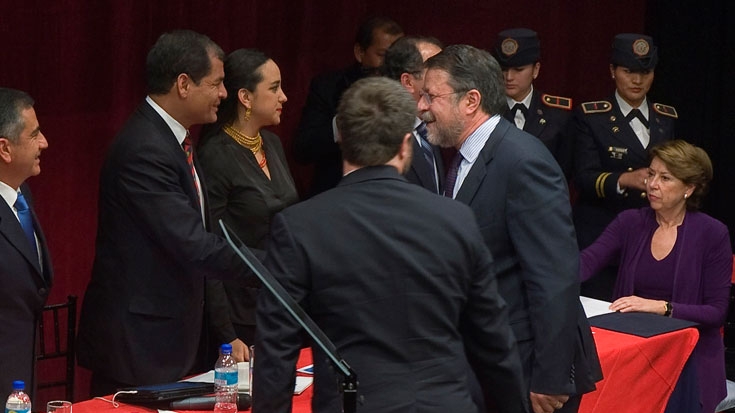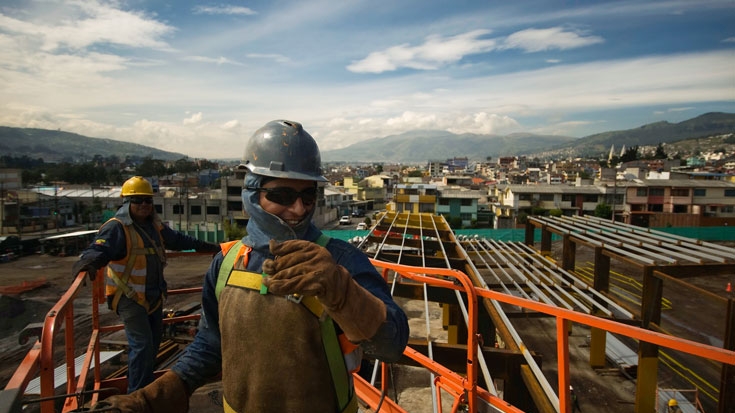On December 6, the Ecuadorean capital celebrates the 479th anniversary of its founding. This year, the city has even more reason to celebrate since construction is advancing on what will be one of the largest urban transport works in Latin America: the Quito Metro.
The topography of the city, which is located in a valley surrounded by volcanoes, impedes it from having wide roads. Consequently, traffic jams in the old Colonial part of the city can be a nightmare. How can traffic congestion be eased while maintaining that charming old part of the city?
For the first time, four multilateral agencies- the World Bank, the IDB, CAF and the European Investment Bank— together with the national and municipal governments, have joined forces to finance the construction of the first line of the Quito Metro, which will require an investment of US$ 1.5 billion.
"We are very proud to be able to contribute to the Quito Metro Project. While the project is technically impressive, the most important thing is that it will transform and change the lives of all Quito residents, promoting inclusion, greater opportunities and a better quality of life,” said Hasan Tuluy, World Bank vice-president for Latin America and the Caribbean.
Tuluy also expressed his satisfaction because “for the first time in the history of the World Bank, it is working with the European Investment Bank, IDB and CAF under the leadership of the Municipal team that is implementing the project. This will be an example for other cities and countries that could benefit from this experience.”
With its 23 kilometers and 15 stations – six of them integrated with the Metrobus-Q network, the first metro line will have the capacity to transport some 360,000 passengers daily.
"We are building a more modern transport system…. We will make the best metro system in the Americas in Quito. The metro will save US$ 14 million in fuel annually, will directly generate 1,800 jobs, will link the north and south of the city and will invigorate the economy. It is a mechanism of social equality. We want to take a leap forward with infrastructure that will last until the next century,” said Augusto Barrera, mayor of the Metropolitan Municipality of Quito.


